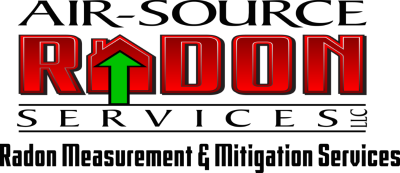Frequently Asked Questions
Need help? Be sure to visit our support forums for answers to your questions!
Radon is a colorless, odorless radioactive gas that naturally comes from the soil. Radon can enter any building and result in a high indoor radon level. Radon gives off radioactive particles that, when breathed in, can damage the lining of the lungs. Long term exposure to radon can lead to lung cancer. In fact, over 21,000 lung cancer deaths in the US each year are from radon, making it a serious health concern for all Minnesotans.
The soil. Radon is produced from the natural decay of uranium that is found in nearly all soils. Uranium breaks down to radium. As radium disintegrates it turns into radioactive gas...radon. As a gas, radon moves up through the soil and into the air you breathe.
Radon is the number one cause of lung cancer in non-smokers and the second leading cause of lung cancer (after tobacco) in smokers. Thankfully, this risk should be entirely preventable through awareness and testing.
While radon is present everywhere, and there is no known, safe level, your greatest exposure is where it can concentrate-indoors. And where you spend most time-at home. Your home can have radon whether it be old or new, well-sealed or drafty, and with or without a basement.
High radon exist in every state in the US. In Minnesota, 2 in 5 homes has radon levels that pose a significant health risk, and nearly 80% of counties are rated high radon zones. Some factors that further contribute to Minnesota's high radon levels include: Minnesota's geology produces an ongoing supply of radon. Minnesota's climate affects how our homes are built and operate.
Radon levels are often highest at the entry point-typically in the lower part of a building. As radon gas moves upward, diffusion, natural air movements and mechanical equipment (such as forced-air ventilation system) distribute the radon through the home. Radon gas becomes more diluted in the upper levels of the home because there is more fresh air for it to mix with.
A neighbor's test result is a poor predictor of your radon risk because each home can have different indoor radon levels. Furthermore, previous test results may not reflect current or future radon levels if the home has been remodeled, weatherized or had changes to its heating, air conditioning or other ventilation systems (such as exhaust fans).
There is no safe level of radon. Your risk for lung cancer increases with higher levels of radon gas and increased exposure. Between 2-<4 pCi/L, the Environmental Protection Agency and MDH recommend considering fixing the home to reduce radon exposure At or above 4.0 pCi/L, the EPA and MDH highly encourage fixing the home to reduce radon exposure
Test your home - obtain a test kit or have it tested by a certified professional. Reduce your exposure of radon gas by taking action to reduce radon entry into your home. Protect your loved ones by telling your family and friends to test so they are not exposed to a deadly gas in their homes.
Source: MN Department of Health
